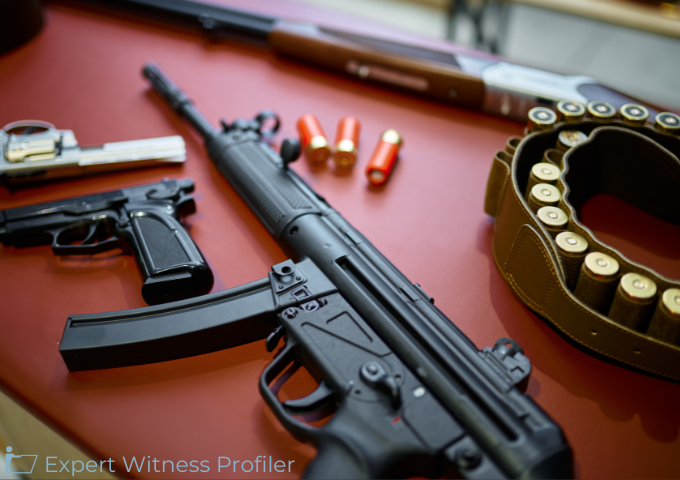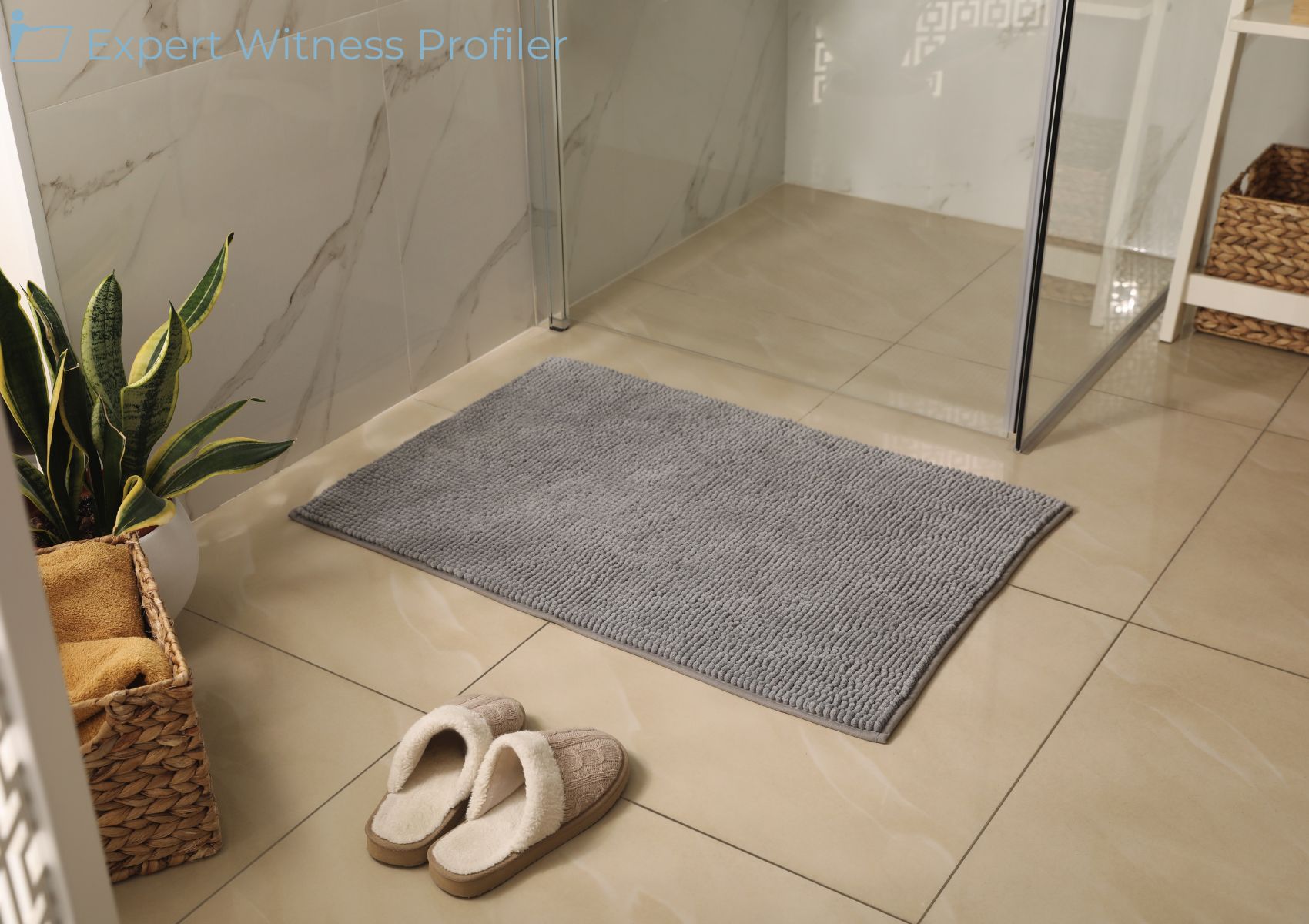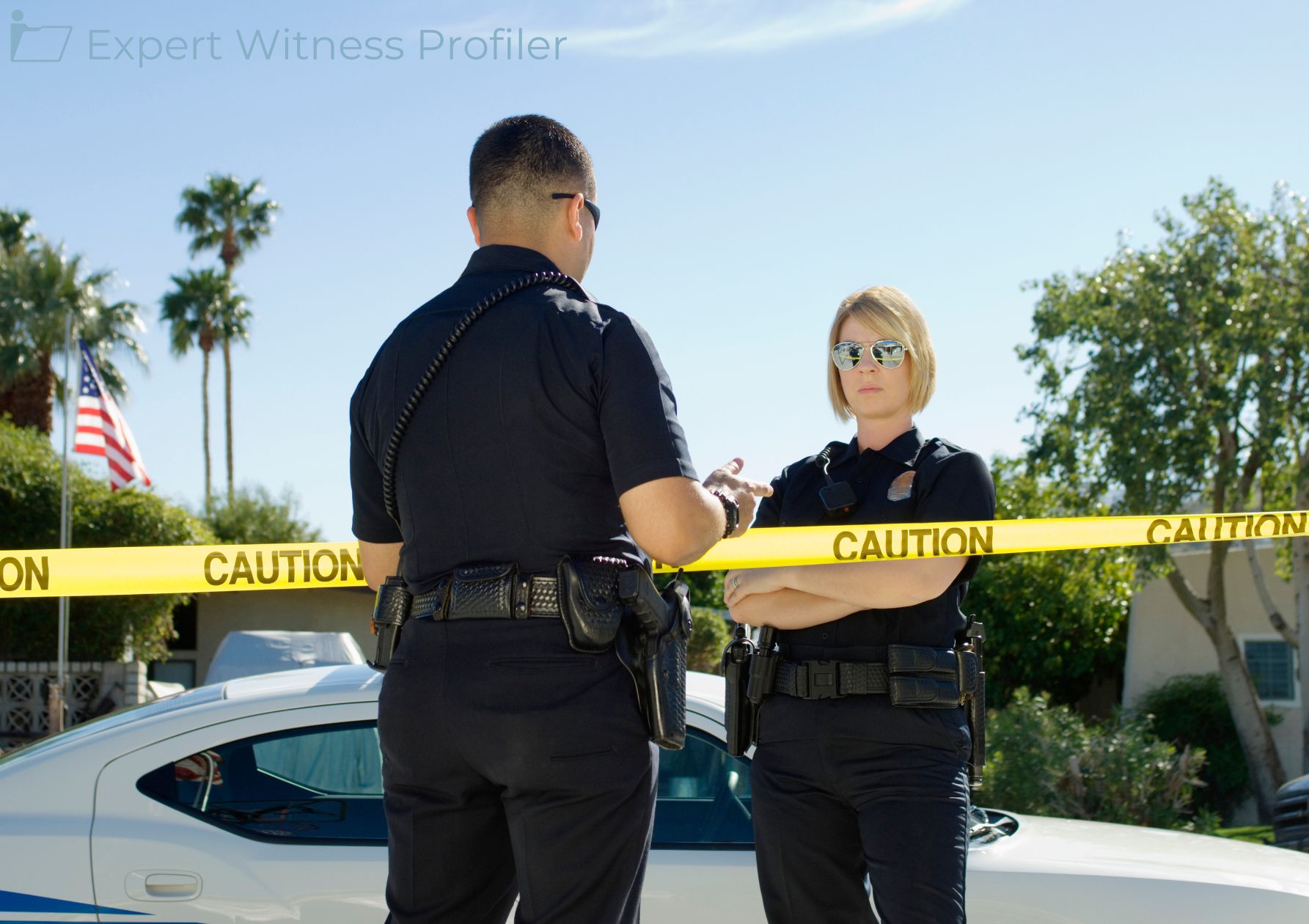Testimony of Firearms and Toolmark Expert Witnesses Held to Meet Daubert’s Reliability Requirement
Posted on July 3, 2024 by Expert Witness Profiler
The Grand Jury charged Defendants Ariel Petersen, Ivan James, and John Williams with multiple firearms offenses and other crimes. The charges specified the illegal use of a Glock 40 caliber pistol, an Olympic Arms MFR AR rifle, and a Romarm WASR-10 AK rifle.
Defendants contested the reliability of expert testimony the United States intended to adduce at trial from proffered firearms and toolmark expert witnesses Kevin Rippman and Major Wells. They requested the Court to restrict the experts’ testimony on firearms examination and comparison, arguing that the science of firearm toolmark examination did not meet the reliability standards set by the Supreme Court in Daubert.
The Court granted the Defendants’ request for an evidentiary hearing to gather evidence on the reliability of the proffered opinions. The United States presented testimony from firearms and toolmark expert witnesses Todd Weller, Kevin Rippman, and Major Wells. The United States also introduced multiple studies purporting to show the reliability of firearms toolmark examination.

Firearms and Toolmark Expert Witnesses
Todd Weller
Todd Weller has been certified as a firearm and toolmark examiner by the American Federation of Toolmark Examiners (AFTE) since 2008, and he has received extensive academic and specialized training in this field. Although he did not conduct testing on the firearms in question in this case and was not included on the United States’ trial witness list, Weller effectively explained the theory, practice, and procedures involved in firearms toolmark examination.
Kevin Rippman
Kevin Rippman is a Bureau of Alcohol, Tobacco, Firearms, and Explosives (ATF) firearm examiner based in the ATF lab in Atlanta, Georgia.
Major Wells
Major Wells is an ATF firearm and toolmark examiner currently based at the ATF lab in Washington, D.C., but previously based in the ATF Atlanta lab.
Discussion by the Court
Todd Weller’s Testimony
Todd Weller challenged the Defendants’ reliance on the 2008 and 2009 National Research Council (NRC) reports, noting these reports explicitly disclaimed aiming for admissibility of firearm toolmark examination science in trials. He explained the concept of class, subclass, and individual characteristics in firearm examination, emphasizing how each level helps analysts assess evidence. As an examiner progresses through these characteristics, the ability to include or exclude a specific firearm as the source of toolmarks on bullets or shell casings becomes clearer.
He detailed the process of firearms toolmark examination. Weller discussed the accepted standards and theory of firearm toolmark examination as outlined by the AFTE, the certifying body for firearm toolmark examiners. He emphasized that the AFTE requires examiners to establish “sufficient agreement” before declaring a same-source identification, defining significant agreement based on comparisons of individual characteristics.
He elaborated on the testability and error rate of firearm toolmark examination, citing “black box studies” as the most relevant for assessing reliability and accuracy. These studies gauge the process’s ability to yield consistent results using known matches and non-matches. Published in peer-reviewed journals, these studies indicate an error rate consistently below 2%, albeit potentially higher than field work due to deliberate constraints like consecutively manufactured firearms and steel bullets.
Weller highlighted the widespread use of firearm and toolmark identification globally, noting over 200 labs in the United States and numerous others internationally. He underscored that independent accrediting bodies certify all labs, with the AFTE fulfilling this role in the United States.
During cross-examination, Weller acknowledged the absence of definitive, objective criteria for determining identification. Despite numerical methods like Consecutively Matching Striations (CMS), which count matching marks, he stressed that the Pattern Matching method ultimately relies on subjective judgment based on objective criteria like striae patterns.
Kevin Rippman’s Testimony
Kevin Rippman testified that he followed the same procedure outlined by Todd Weller. He effectively explained the process of inspecting marks, comparing known samples with unknown ones against the evidence, and having another ATF examiner independently verify his findings. While aware of the CMS method, like Todd Weller, he employed Pattern Matching to reach conclusions. Pattern Matching is recognized as a valid methodology in firearm toolmark examination. During cross-examination, he acknowledged Pattern Matching involves a subjective element, but maintained that the final subjective determination relied on the objective observations made by the examiner through microscopic analysis of the samples.
Major Wells Testimony
Major Wells examined two firearms in this case: an Olympic Arms MFR AR rifle mentioned in Counts Nine, Twelve, and Thirteen, and a Romarm WASR-10 AK rifle cited in Count Nine. He affirmed he followed the same process outlined by Todd Weller and utilized by Kevin Rippman. Following his analysis, another examiner independently reviewed his work and reached the same conclusion. Wells described the use of a comparison microscope, enabling simultaneous examination of two items (bullets or casings) under identical lighting and magnification conditions.
He stated he employed the CMS method during his examination but did not document the number of matching striae. His conclusions were based on the “standard” or Pattern Matching method. Despite not recording the number of matching striae, another examiner independently replicated his findings. He acknowledged that achieving a “100% match” is not feasible in their field, emphasizing their approach focuses on identifying “sufficient agreement.” He defined this as an evidentiary sample surpassing the similarity of the best-known non-match and demonstrating significant alignment with the best-known match, aligning with the AFTE’s definition.
Court’s Findings
Following an evaluation of witness credibility, a review of submissions from both parties and an examination of the evidence presented during the hearing, it was determined that the United States’ presentation of the science of firearm toolmark examination met Daubert‘s reliability standards:
The witnesses had convincingly demonstrated that firearm toolmark examination science consisted of a testable hypothesis. This hypothesis posited that toolmarks on an item of known origin could be compared to toolmarks on an item of unknown origin to arrive at a conclusion about its provenance.
Firearm toolmark analysis had been subjected to peer review, with the theory reviewed through rigorous studies published in peer-reviewed journals. Individual conclusions in laboratory settings had undergone secondary, independent testing to either corroborate or dispel the original findings.
The error rate identified in academic studies closely mirroring fieldwork had been low, typically ranging between 0% and 2%. Real-world error rates were likely even lower due to intentional challenges placed before examiners during studies and additional safeguards in operational laboratories. Despite being subject to cross-examination, they considered these rates sufficiently low to demonstrate reliability.
Evidence presented by the United States demonstrated that the field of firearm toolmark examination maintained rigorous standards governing testing processes and techniques, overseen and certified by the AFTE.
The widespread use of firearm toolmark examination both domestically and internationally, alongside the general acceptance among professional peers, had underscored its credibility and validity.
The Pattern Matching technique employed by Messrs. Rippman and Wells had been validated through testing as reliable.
Neither the Defendants nor the United States had presented evidence on the non-judicial uses of firearm and toolmark examination, rendering this factor neutral in the assessment.
Held
The Court allowed the testimony of firearms and toolmark expert witnesses Todd Weller, Kevin Rippman, and Major Wells.
Key Takeaway:
The Court allowed the testimony of firearms and toolmark expert witnesses Todd Weller, Kevin Rippman, and Major Wells based on its findings that their scientific reasoning met the reliability standards under Daubert. This decision was supported by the scientific basis, peer review, low error rates, adherence to standards, widespread acceptance, and reliability of specific techniques presented in the case.
Case Details:
| Case Caption: | United States of America v. Ivan James, Kai James, Joh Williams, Malachi Benjamin, Jahkiebo Joseph, Ariel Petersen |
| Docket Number: | 3:19-cr-00079 |
| Court Name: | United States District Court, Virgin Islands |
| Date: | January 16, 2024 |





